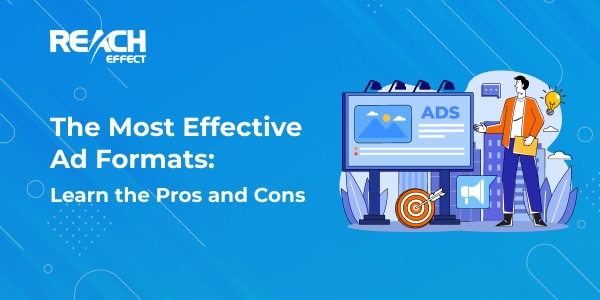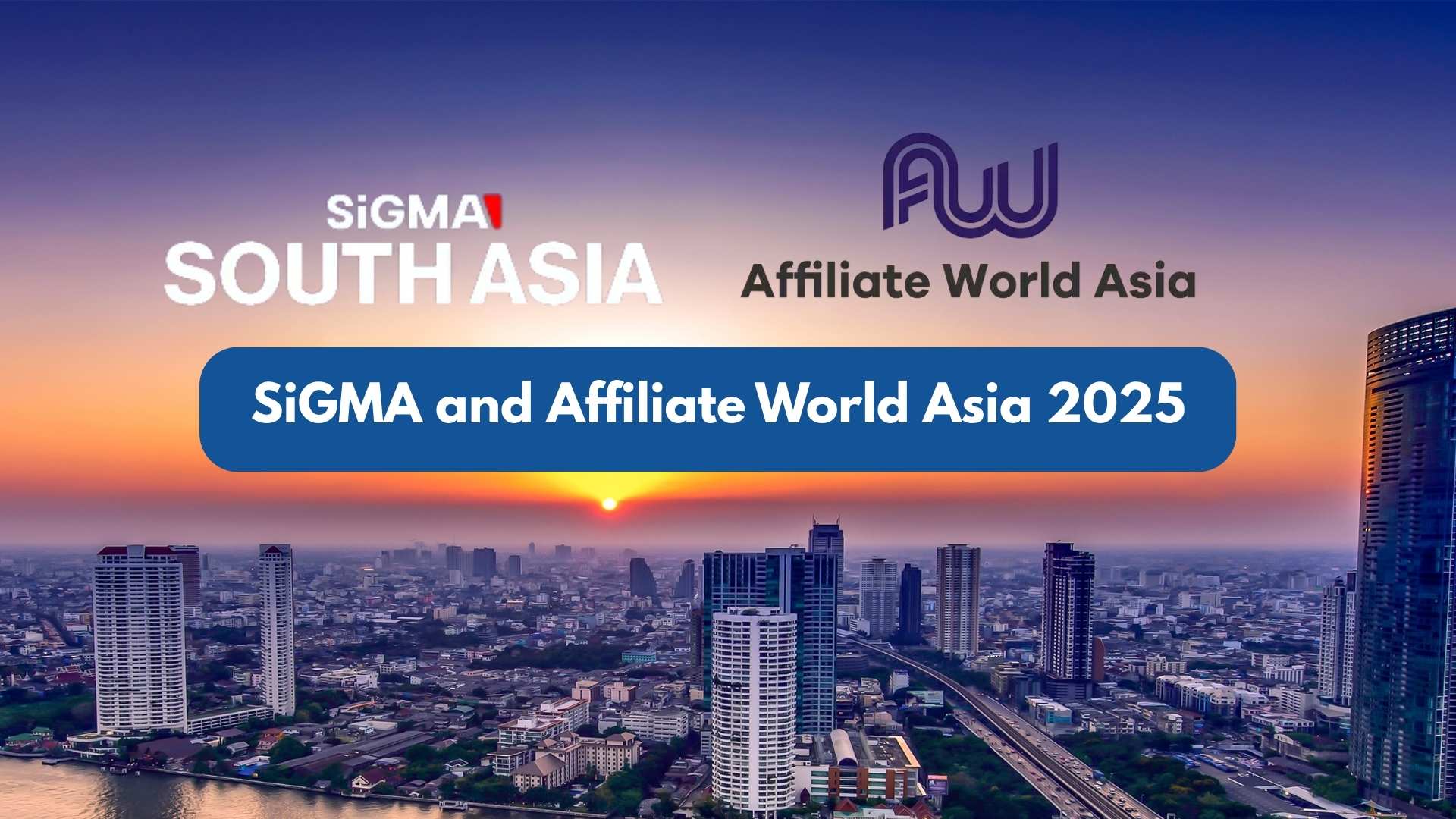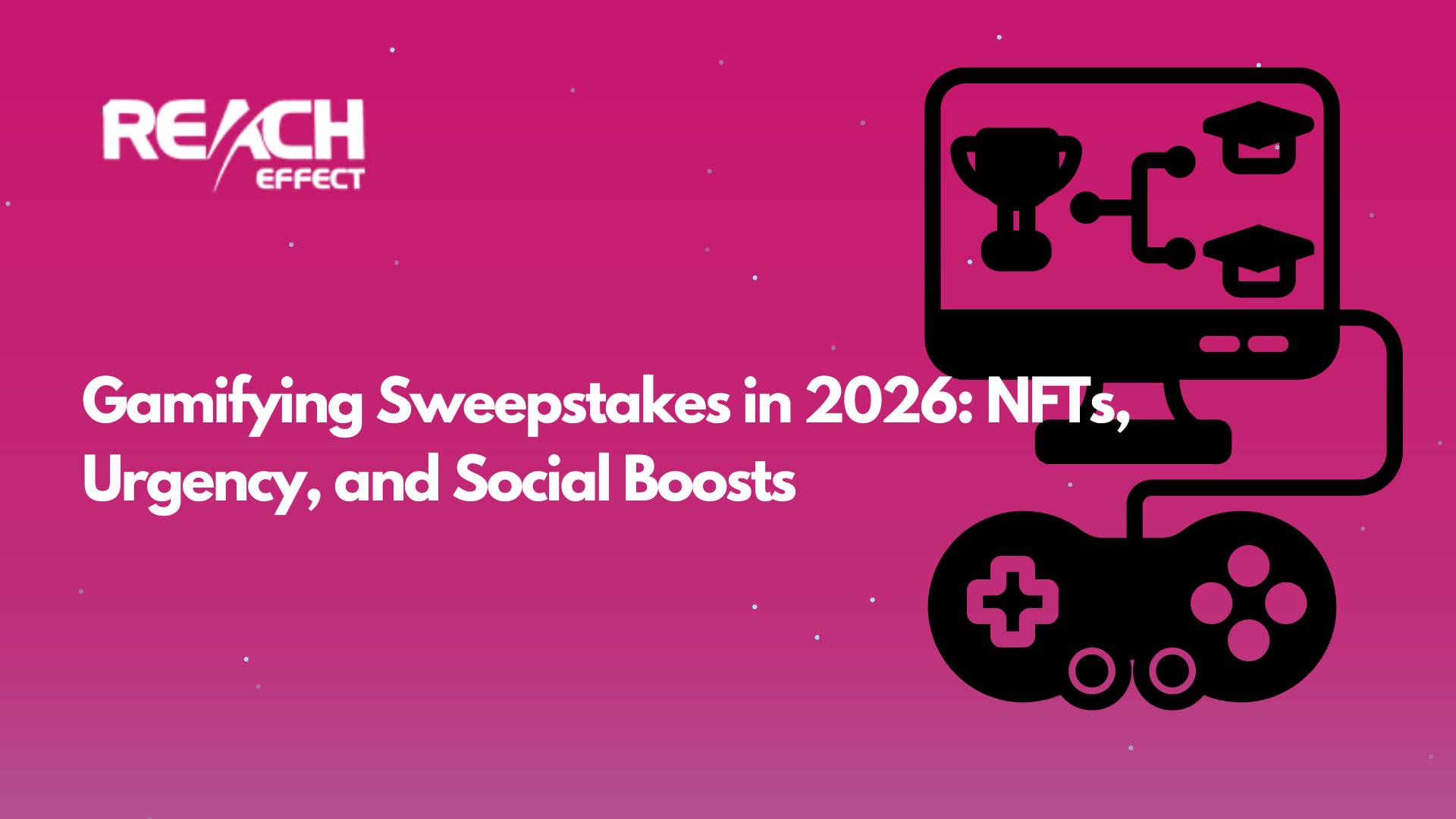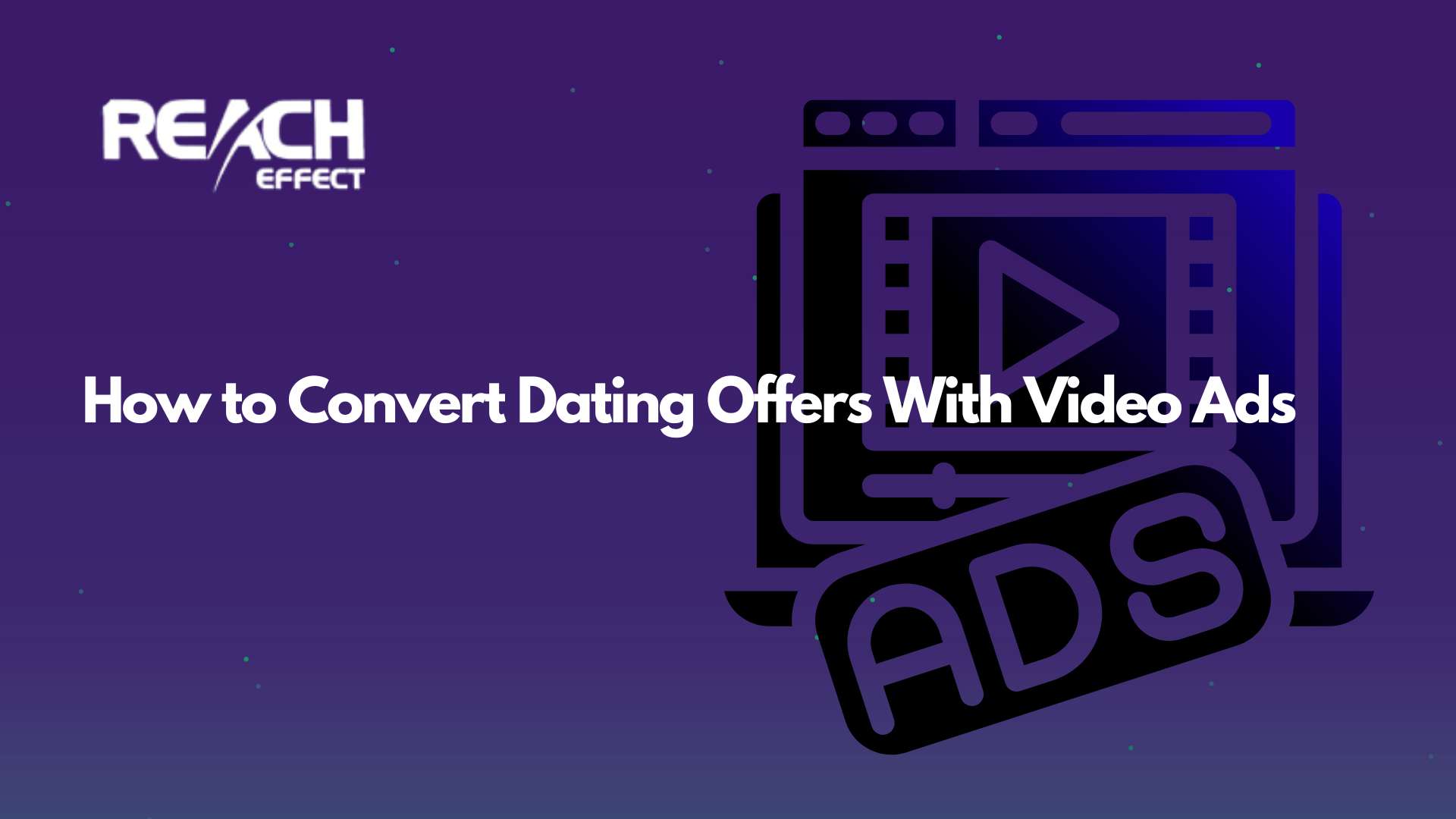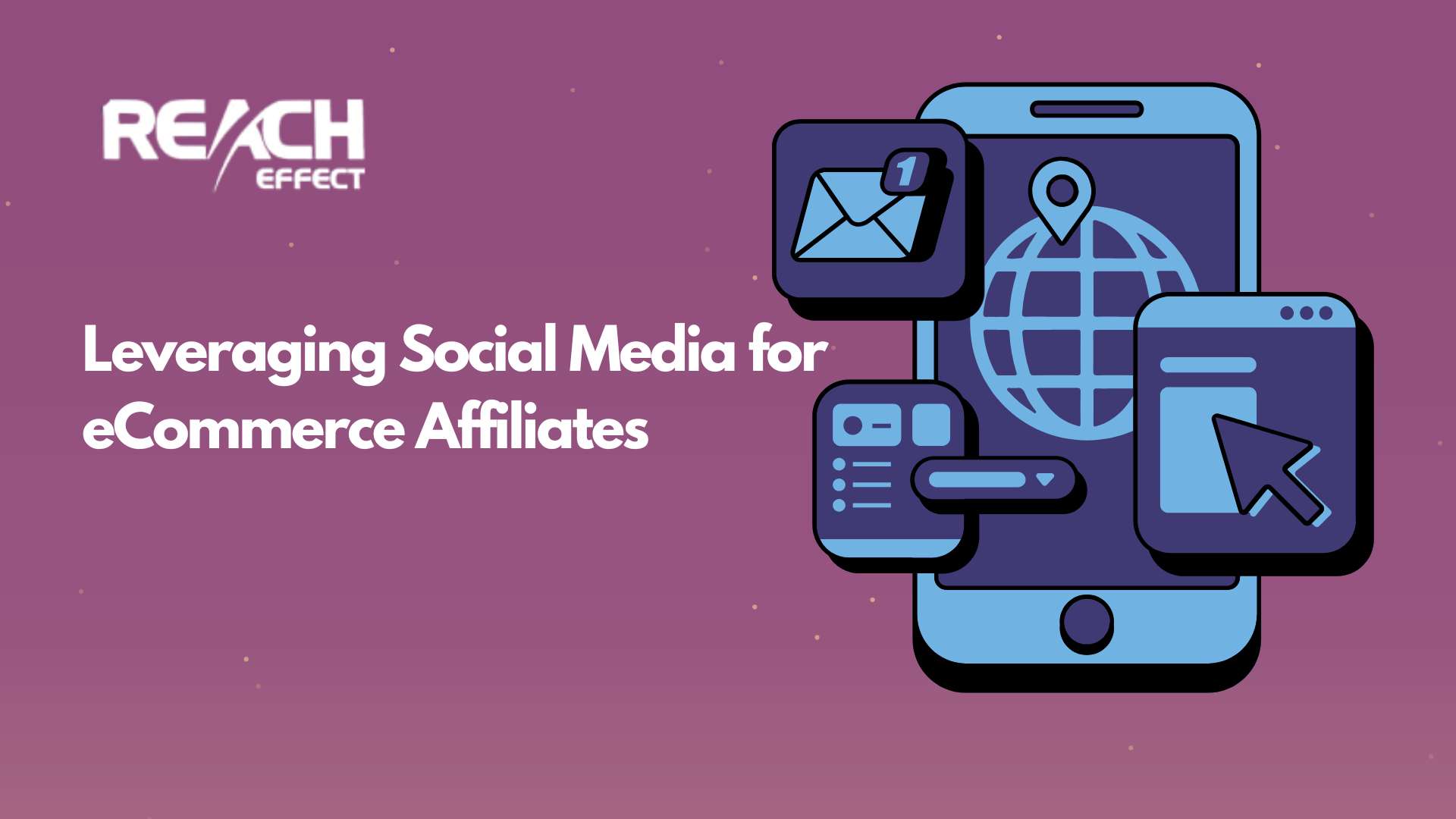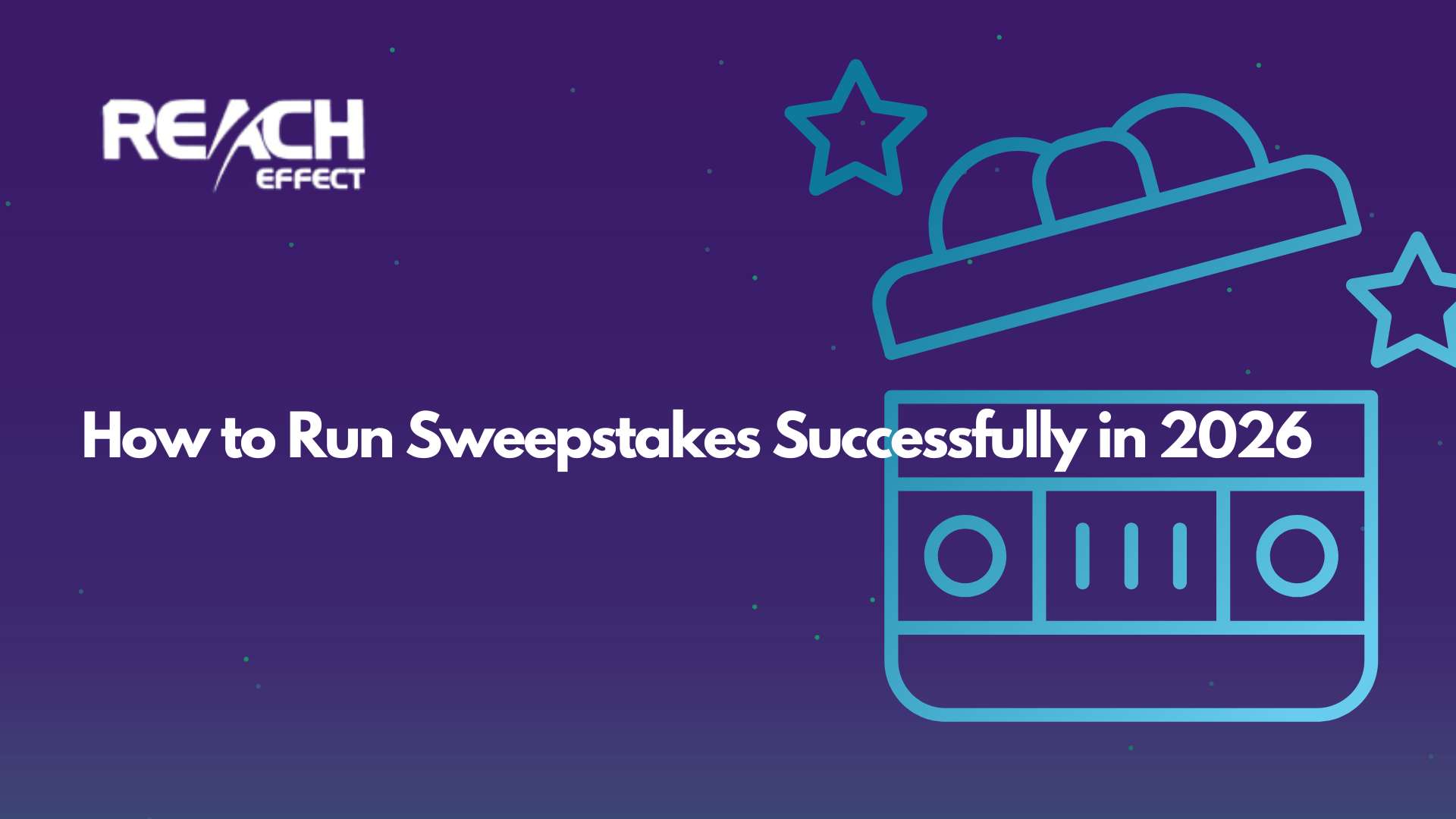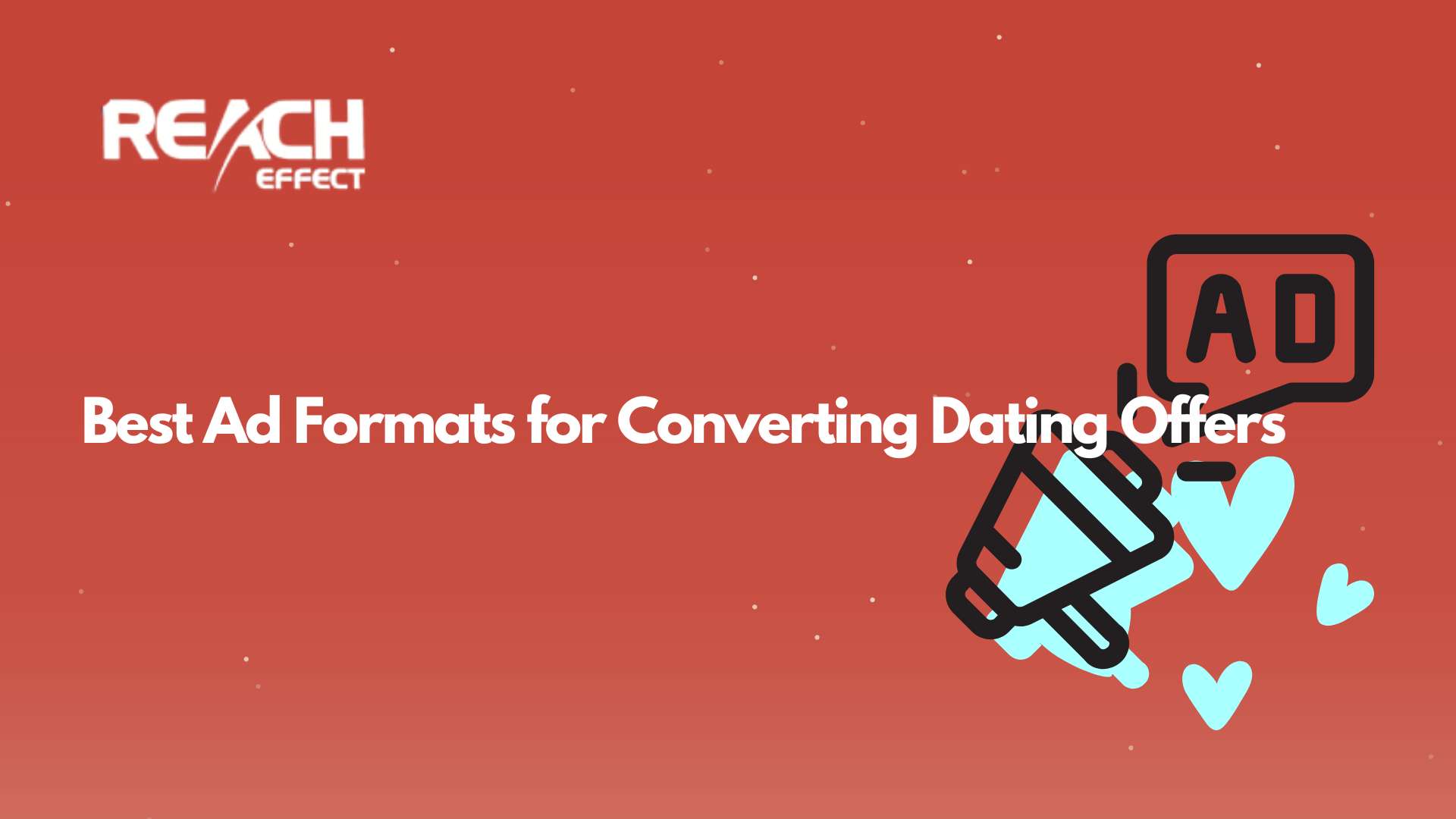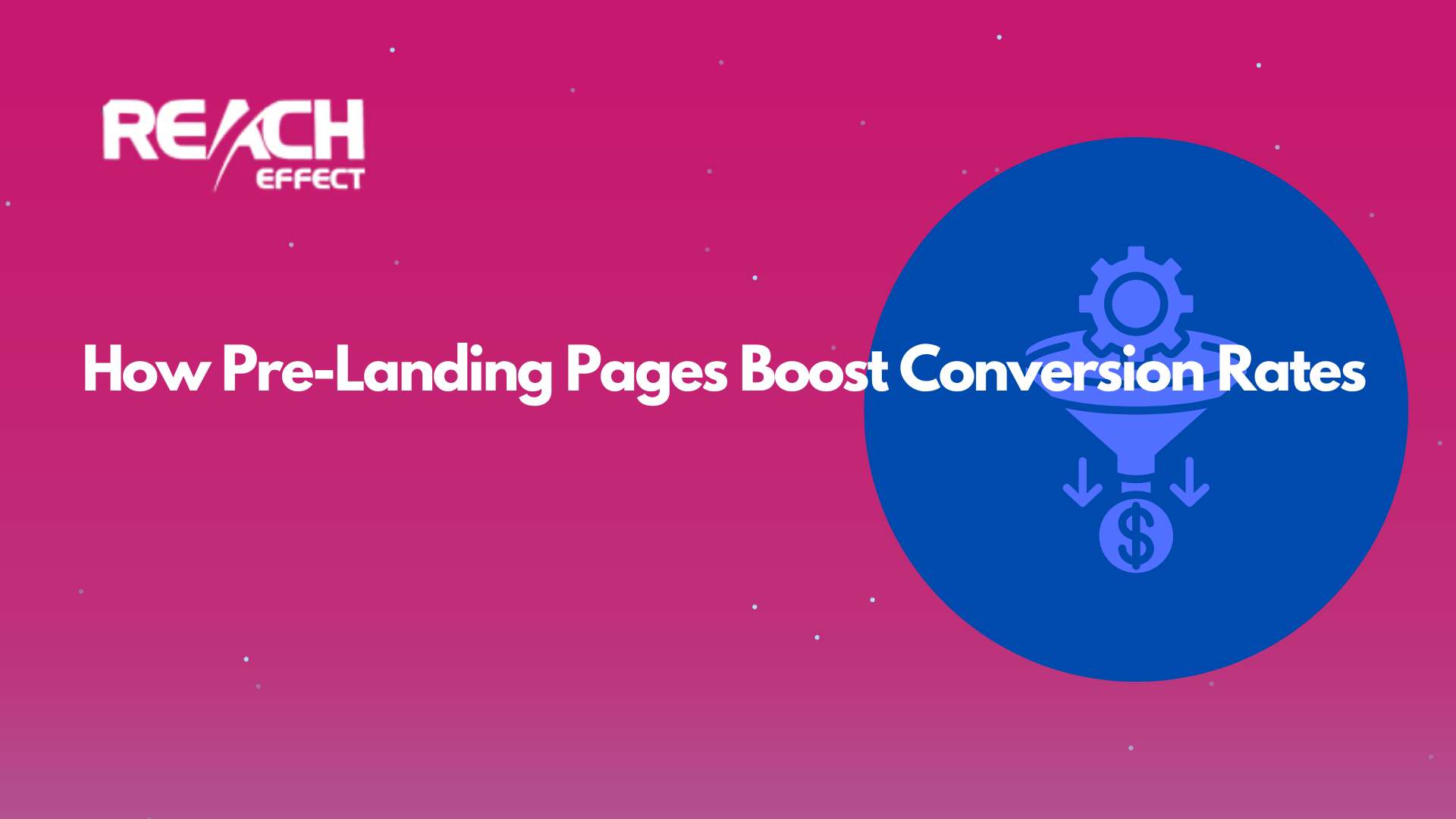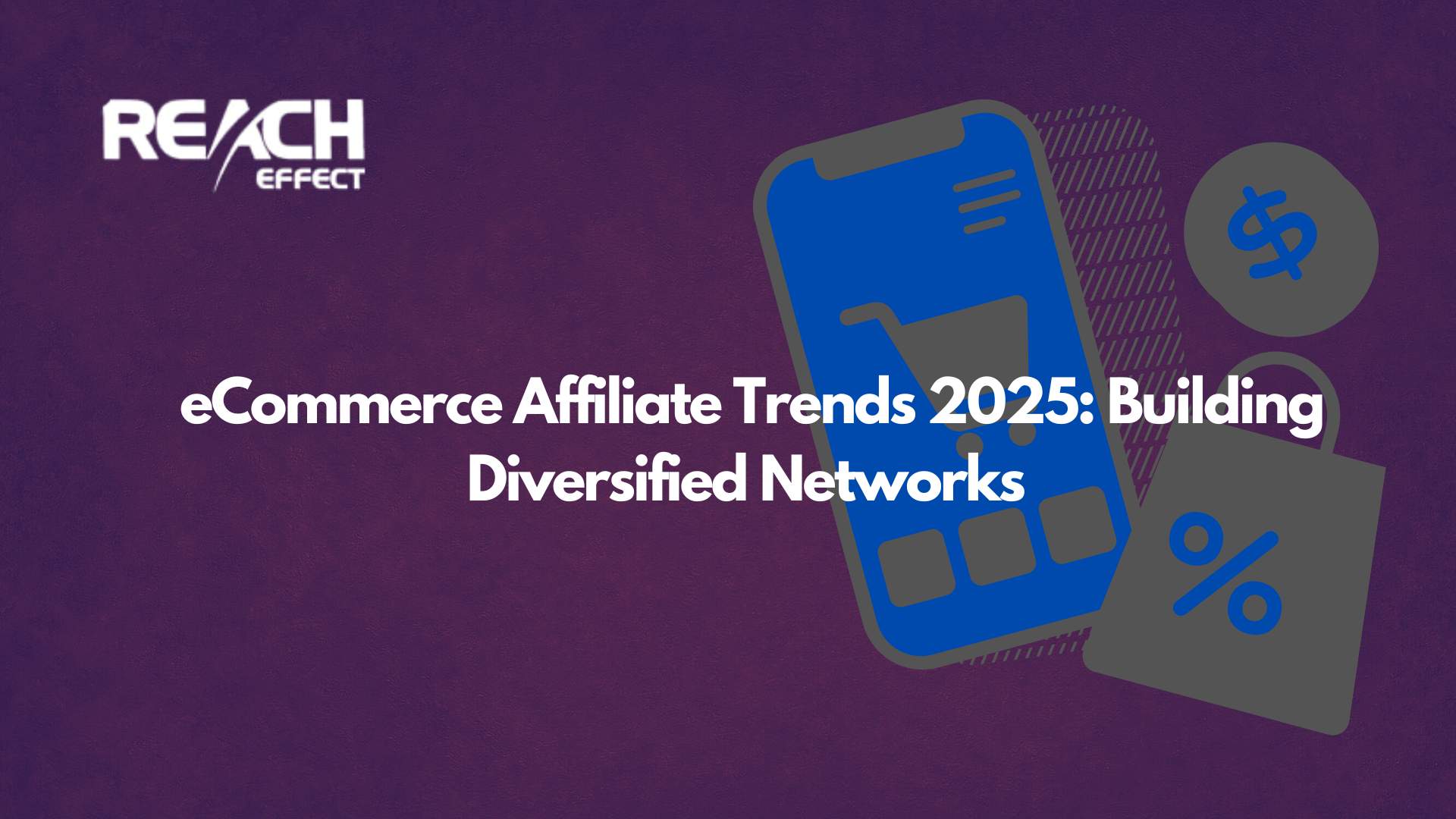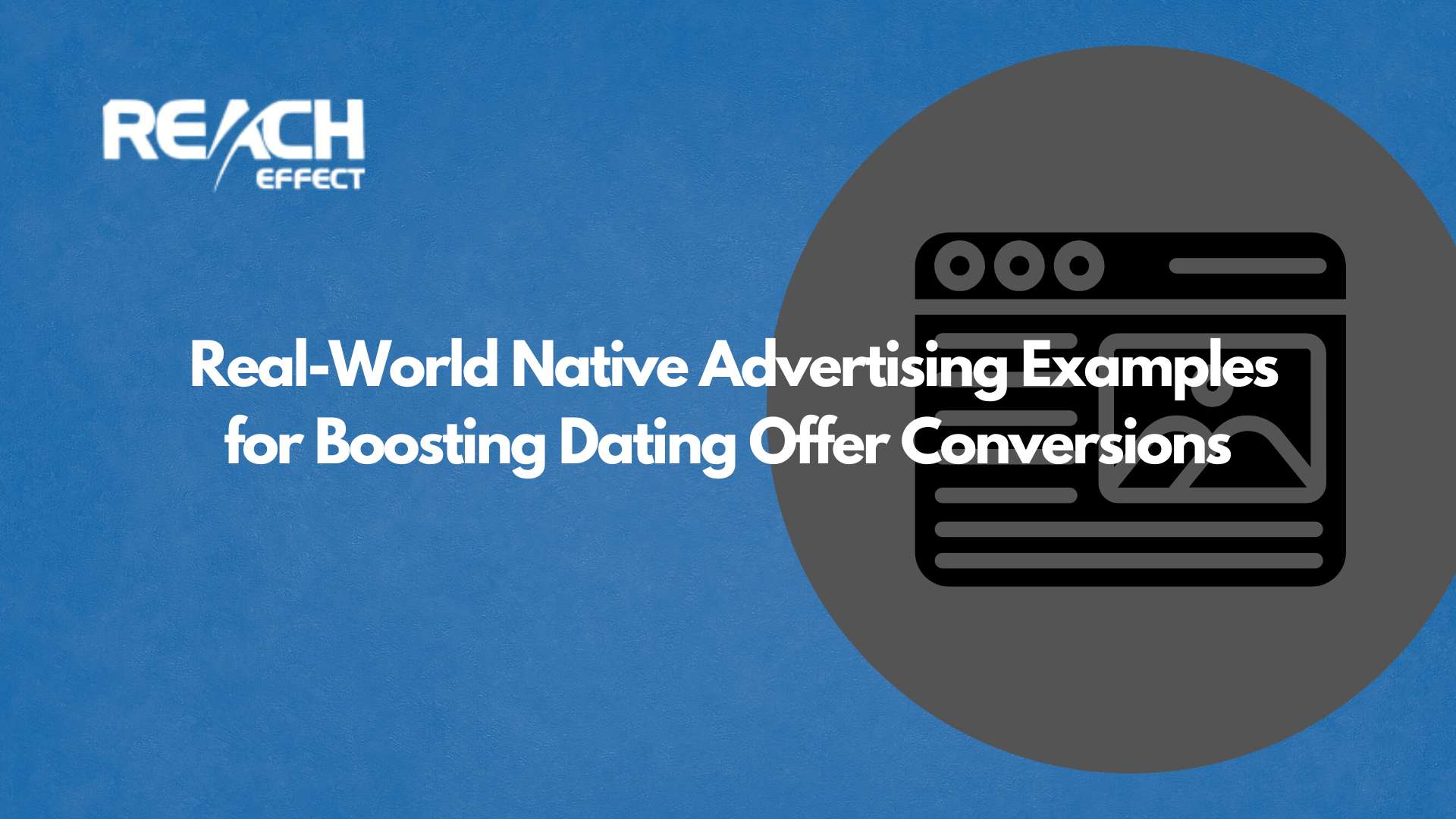Understanding the various advertising formats’ differences is pivotal for marketers. Selecting the proper ad format can distinguish success from wasted resources in campaigns. This article will explore the different ad formats and highlight their advantages and disadvantages to help you make informed decisions and maximize your advertising efforts.
Thank you for reading this post, don't forget to subscribe!Digital advertising has revolutionized the way businesses connect with their target audience. Online platforms offer advertisers a multitude of formats to engage users and boost conversions. However, not all ad formats are created equal. Selecting the most effective one for your campaign requires a deep understanding of its nuances.
Types of Ad Formats
When embarking on an advertising campaign, one of the initial decisions you’ll face is choosing the appropriate ad format.
An advertising format refers to the specific style or structure in which an ad is presented to the audience. Each format has its unique characteristics, making it suitable for particular objectives. To help you navigate this landscape, let’s delve into the four primary types of ad formats and examine the pros and cons of each.

Push Notification Ads are digital advertisements that deliver messages directly to users’ devices. Typically, they do it through notifications from mobile apps or web browsers.
Advantages
Push notification ads have gained popularity due to their ability to reach users directly on their devices. Some key advantages include:
- Immediate Reach: Push notifications deliver your message instantly to the user’s screen.
- High Engagement: They often result in higher click-through rates (CTR) than other formats.
- Personalization: You can tailor messages to specific user segments for better targeting.
Disadvantages
However, there are some drawbacks to consider:
- Intrusiveness: Overuse can lead to users disabling notifications or uninstalling apps.
- Limited Content: Converting complex messages can be challenging due to their concise nature.
Pop-under Ads are digital advertisements that open in a new browser window. They are hidden beneath the active window when users click anywhere on a webpage.
Advantages
Pop-under ads take a different approach, with advantages such as:
- Non-Intrusive: They appear in the background and don’t interrupt the user’s current activity.
- Extended Exposure: Users may notice these ads when they close their active windows.
- Cost-Effective: Pop-under ads can be an economical choice for advertisers.
Disadvantages
Nonetheless, they also have their downsides:
- Lower CTR: Pop-under ads typically have lower engagement rates.
- Perception: Some users may find them annoying, affecting the user experience.
Banner Ads are digital advertisements that appear as rectangular graphics or text displays on a webpage. Often, they show at the top or sides of the content.
Advantages
Banner ads are one of the oldest formats but still have their merits, including:
- Visibility: They are easily noticeable and can be placed strategically.
- Variety of Sizes: Banner ads come in various dimensions, providing flexibility.
- Brand Exposure: Effective for brand recognition and recall.
Disadvantages
Consider these drawbacks:
- Banner Blindness: Users often ignore banner ads, especially if they appear too frequently.
- Space Constraints: Limited space for conveying detailed messages.
Native Ads are digital advertisements that blend seamlessly with the platform’s content on which they are displayed. They are mimicking the look and feel of the surrounding content.
Advantages
Native ads seamlessly blend with the content, offering:
- Natural Integration: They appear as a part of the content, making them less intrusive.
- Higher Engagement: Users are more likely to engage with content that matches the platform.
- Improved User Experience: They enhance the overall user experience.
Disadvantages
However, there are challenges:
- Creation Complexity: Crafting native ads that seamlessly fit in can be tricky.
- Disclosure: Some users may not realize they’re interacting with an ad.
Conclusion
In digital advertising, the choice of ad format plays a significant role in the success of your campaigns. Each format has strengths and weaknesses, and the choice depends on your specific goals and target audience. At ReachEffect, we understand the significance of practical ad formats. We provide a distribution channel for advertisers and a monetization solution for publishers.
To harness the full potential of your advertising efforts, consider the pros and cons of each format discussed in this article. By making informed decisions, you can create engaging, effective ad campaigns that drive users to take action, whether making a deposit, subscribing, or engaging with your platform.
In today’s competitive digital landscape, mastering the art of selecting the proper advertising formats and optimizing your campaigns is essential for success. By staying informed about the latest trends and making data-driven choices, you can stay ahead of the curve and make the most of your advertising budget.

